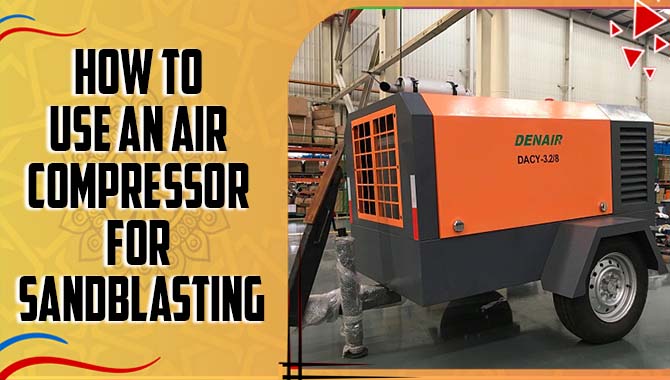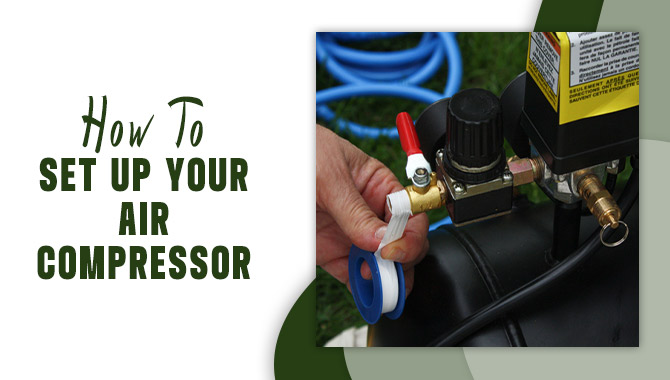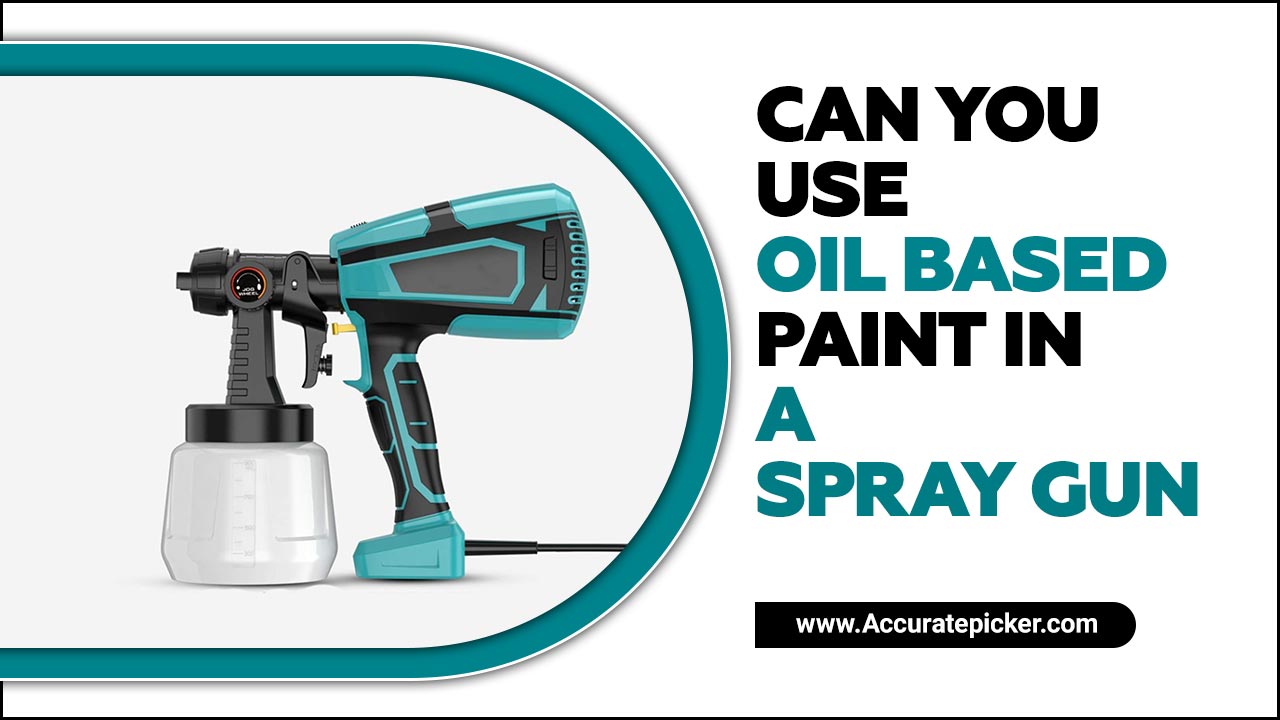Air tools are a vital component of any workshop or DIY setting. Air tools are incredibly versatile and reliable for various tasks, from sanding and grinding to painting and inflating.
We’ll learn How to use an air compressor for powering air tools. However, not all air tools are created equal, and choosing the right tool for the job is only part of the equation. Equally important is selecting the right air compressor and learning how to use it properly.
In this blog post, we’ll explore the basics of using an air compressor for powering air tools, from choosing the right size and type of compressor to understanding air tool requirements and determining the appropriate air pressure.
We’ll also cover common mistakes to avoid, such as overloading the compressor or using incompatible tools. Whether you’re a seasoned professional or a DIY enthusiast, learning how to use an air compressor safely and effectively is essential for achieving high-quality results and prolonging the lifespan of your tools.
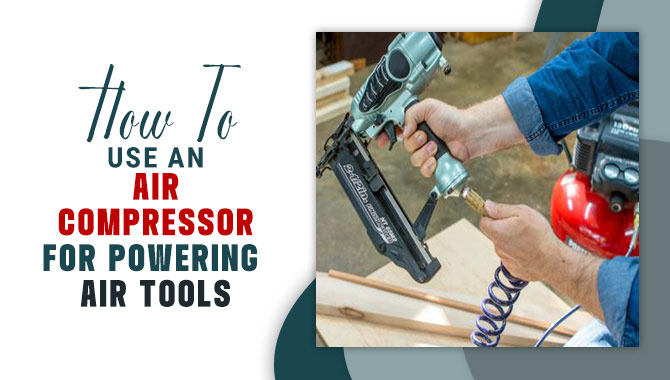
Understanding Air Compressor Types And Sizes
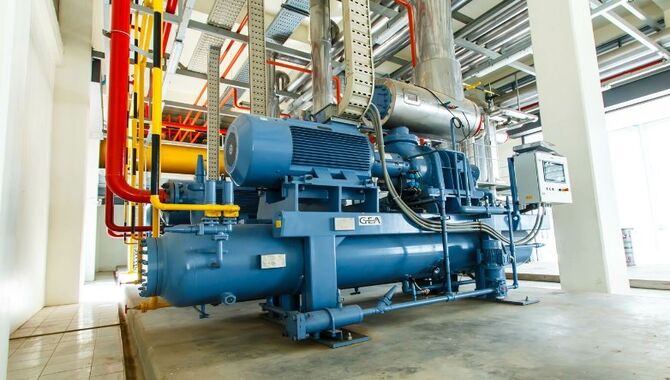
When selecting the right air compressor for your needs, it’s essential to understand the various types and sizes available. The type of air compressor you choose will depend on the tasks you need it for, the power source available, and the environment in which it will operate.
The three primary types of air compressors are reciprocating, rotary screw, and centrifugal. Reciprocating compressors are ideal for small to medium-sized projects and operate using pistons to compress air. Rotary screw compressors are generally used for larger projects and use two rotating screws to compress the air. Centrifugal compressors are the most powerful type of air compressor used for large-scale industrial applications.
Once you’ve determined which type of air compressor you need, it’s important to consider the size. The size of the air compressor refers to its capacity to deliver compressed air, and it’s usually measured in cubic feet per minute (CFM).
Air Compressor Components And Maintenance

Air compressors are essential power tools for industries that rely on pneumatic systems. They work by converting power into potential energy stored in compressed air, which can power various tools and equipment.
Air compressor components include the pump, motor, tank, pressure switch, and regulator. Each of these components plays a vital role in the functioning of the compressor. It is, therefore, essential to perform regular maintenance to ensure that all components are in good working condition.
Proper maintenance includes cleaning the air intake filters, checking oil levels, and tightening bolts and fittings to prevent leaks. Inadequate maintenance can lead to wear and tear of the components, resulting in reduced efficiency and possible breakdowns.
It can also lead to the accumulation of moisture, which can cause corrosion and damage to the tank and other components. Regular maintenance prolongs the compressor’s life and ensures that it runs smoothly and efficiently.
How To Use An Air Compressor For Powering Air Tools – Explained With Details

Using an air compressor to power air tools can make your DIY projects and home repairs much easier and efficient. However, before you begin, it’s important to know how to properly use an air compressor to avoid accidents or damage to equipment. The first step is to read the instruction manual that comes with the air compressor to familiarize yourself with its features and safety precautions. Then, you will need to select the right air tool for the job and attach it to the air hose using the appropriate fittings. It’s important to make sure all connections are secure and tightly fitted before turning on the air compressor. Once the air compressor is turned on, adjust the pressure regulator to the recommended PSI for your air tool. Keep in mind that different tools require different pressure levels, so be sure to check the manufacturer’s recommendations. scroll down to get in details.
Choose The Right Air Compressor
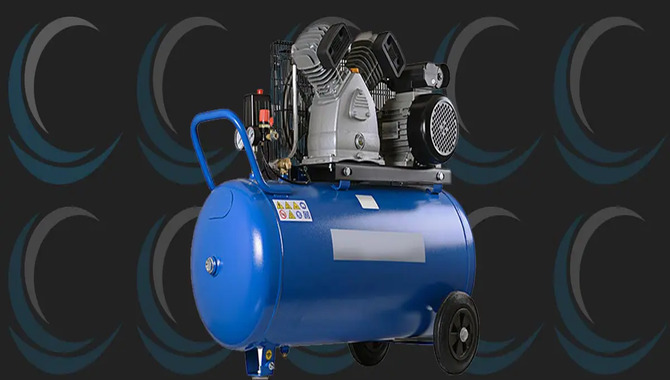
Ensure that the air compressor you have is suitable for powering air tools. Check the compressor’s specifications for the required pressure (PSI – pounds per square inch) and airflow (CFM – cubic feet per minute) necessary to operate your specific air tools. The compressor’s capacity should meet or exceed the requirements of your tools.
Set Up The Compressor
Setting up a compressor requires a few essential steps. Firstly, find a suitable location for the compressor, ensuring good ventilation and sufficient space. Next, connect the compressor to a power source, ensuring the voltage matches the unit’s requirements. Attach an air intake filter to prevent debris from entering the system. Connect the compressor to an air receiver or distribution system using appropriate fittings and hoses. Finally, adjust the pressure regulator to the desired level. Regular maintenance and periodic checks will ensure optimal performance and longevity of the compressor system.
Connect The Air Hose
Connecting the air hose is a simple process. First, locate the air inlet on the equipment. Then, ensure the hose’s connector matches the inlet size. Align the connector and inlet, making sure they fit securely. Push the connector into the inlet until it locks in place. Finally, test the connection by turning on the air supply and checking for any leaks.
Connect The Air Tool
Connecting an air tool is a straightforward process. Begin by ensuring the air compressor is turned off. Attach one end of an air hose to the tool’s inlet, ensuring a secure fit. Connect the other end to the compressor’s outlet, tightening the coupling. Turn on the compressor and check for any air leaks. Adjust the tool’s pressure if necessary. Remember to wear appropriate safety gear and follow the manufacturer’s instructions.
Adjust The Regulator
Many air tools require a specific operating pressure. Locate the regulator on the air compressor and set the desired pressure level. Turn the regulator knob clockwise to increase the pressure or counterclockwise to decrease it. Consult the manufacturer’s instructions or the air tool’s specifications for the recommended pressure.
Prepare The Air Tool
To prepare the air tool, follow these steps. First, ensure the air compressor is connected and powered on. Next, attach the appropriate hose to the tool and tighten it securely. Check the air pressure settings and adjust if needed. Lubricate the tool with oil as per the manufacturer’s instructions. Finally, test the tool’s functionality before use. Remember to prioritize safety and wear appropriate protective gear.
Power On The Compressor
Powering on the compressor initiates the vital process of pressurizing air or gas for various applications. It drives the compressor motor, activating the mechanical components to create high pressure and temperature. This enables the system to efficiently transfer energy, generate refrigeration, or operate pneumatic tools. A reliable power supply and careful monitoring ensure optimal performance, safety, and the successful operation of the compressor.
Operate The Air Tool
Operating an air tool requires proper knowledge and safety precautions. Begin by connecting the tool to a compatible air compressor using a high-quality air hose. Ensure the compressor is set to the correct pressure range for the tool. Before starting, inspect the tool for any damage or loose parts. Hold the tool firmly and activate it while maintaining a stable stance. Always wear appropriate safety gear and follow the manufacturer’s instructions for optimal performance and safety.
Monitor The Compressor
Monitoring the compressor is crucial for maintaining optimal performance. Regularly check the compressor’s temperature, pressure, and oil levels. Inspect for any leaks or unusual vibrations. Ensure the air intake is clean and unobstructed. Monitor the motor’s ampere and voltage readings. Keep an eye on the compressor’s running time and schedule routine maintenance accordingly. Effective monitoring safeguards efficiency, prevents breakdowns, and prolongs the compressor’s lifespan.
Shut Down The System
Shutting down the system requires a critical assessment of its flaws. By dismantling the existing structures, we can rebuild a more equitable and just society. It entails challenging oppressive power dynamics and prioritizing the needs of marginalized communities. It’s a call to reimagine our institutions, embracing inclusivity, sustainability, and human rights. Only by disrupting the status quo can we pave the way for a more progressive and transformative future.
Tips And Tricks For Efficient Air Tool Usage
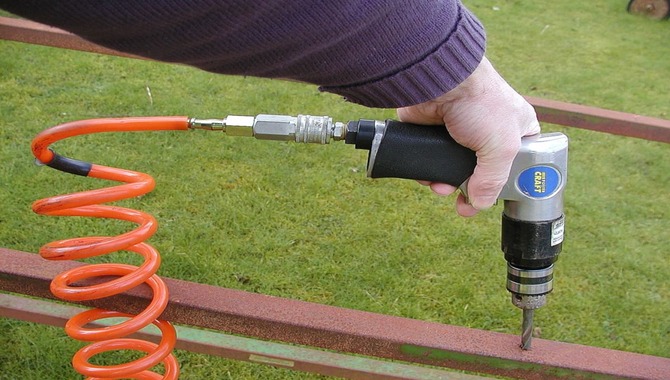
Air tools are powerful and efficient tools that make your job easier and faster. However, you must follow some tips and tricks to use them efficiently. Firstly, choosing the right air tool for the job is important. Using a tool that is too small or too big can cause damage to the tool and harm the user.
Secondly, you should always use the right air pressure. Too much or too little pressure can impact the performance of the tool. It is recommended to check the manufacturer’s instructions to determine the ideal pressure. Thirdly, it is important to keep your air tool clean and lubricated.
This will help prevent rust and wear, ensuring the tool’s longevity. Fourthly, you should always wear protective gear, including safety glasses, gloves, and ear protection. Finally, it is important to store your air tools properly. Keep them dry and clean, away from moisture and dust.
Troubleshooting Common Air Compressor And Air Tool Problems
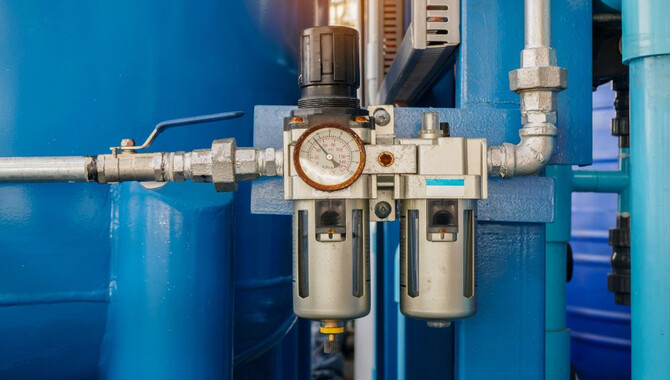
Air compressors and air tools are essential for many industrial and DIY projects. However, like any other mechanical device, they can develop issues that hamper their functionality.
To keep your equipment running efficiently, it’s essential to know how to troubleshoot common air compressor and air tool problems. One of the most common problems with air compressors is air leakage. This can result from worn-out seals, loose connections, or damaged valves.
To fix air leaks, you need to identify the source of the problem and replace the faulty parts. Another common issue is low airflow, which a clogged air filter, damaged regulator, or a blocked hose can cause. To remedy this, you should clean or replace the air filter, repair or replace the regulator, or unclog the hose.
On the other hand, air tools can develop problems such as reduced power, overheating, or jamming. These problems can result from worn-out parts, insufficient lubrication, or incorrect pressure settings.
Conclusion
Using an air compressor for powering air tools can be a convenient and efficient way to get the job done. By following the guidelines outlined in this article, you can ensure that you are using your air compressor safely and effectively.
It is important to remember always to use the appropriate tools and attachments for your air compressor and to maintain its upkeep to ensure its longevity. With these tips in mind, you can confidently use your air compressor to tackle any project that comes your way. We hope now you understand How to use an air compressor for powering air tools.
FAQs
1.What Type Of Air Compressor Is Best For Powering Air Tools?
Ans: The best type of air compressor for powering air tools is a reciprocating or piston-type air compressor.
2.What Is The Ideal Air Pressure Range For Powering Air Tools With An Air Compressor?
Ans: The ideal air pressure range for powering air tools with an air compressor is typically between 90 and 100 PSI (pounds per square inch).
3.What Is The Recommended Air Pressure For Different Types Of Air Tools?
Ans: The recommended air pressure for different types of air tools varies depending on the tool. It is important to consult the manufacturer’s instructions or specifications for each tool’s recommended air pressure. Generally, air pressure for air tools can range from 80 PSI to 150 PSI.
4.What Safety Precautions Should You Take When Using An Air Compressor To Power Air Tools?
Ans: When using an air compressor to power air tools, it is important to take the following safety precautions:
5.Wear Eye And Hearing Protection To Protect Against Flying Debris And Loud Noises.
Ans:
- Wear appropriate clothing that is not loose or dangling, and avoid wearing jewellery or loose hair.
- Read and follow the manufacturer’s instructions for the air compressor and the air tools.


